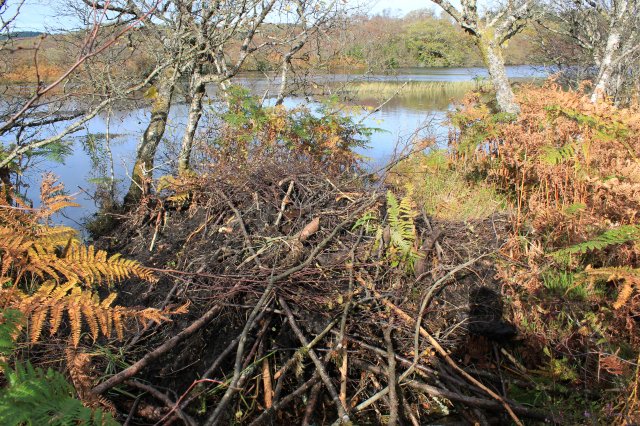More than 400 years after it was hunted to extinction in the UK, the Eurasian beaver is back.
There have been many wildlife successes during the last half century, but the official return of the beaver to Scotland, announced November 24, 2016 by the Scottish Government following a successful Scottish Beaver Trial reintroduction effort led by the Scottish Wildlife Trust and the Royal Zoological Society of Scotland, is perhaps the biggest to date. It’s also a major success for the Scottish Wildlife Trust, whose pioneering leadership was instrumental in bringing the beaver back – for good.
The Scottish Government has officially recognized the animals as a native species again. Returning beavers to Scotland’s lochs and rivers is the first formal mammal reintroduction in UK history, and the announcement has been called “a major success story for conservation” after nearly two decades’ work.
The beaver is a genuine, bona fide, no nonsense “keystone species”. A keystone species is one that plays a unique and crucial role in its natural environment. Beavers don’t just engineer dams and lodges, they engineer habitats and in doing so create opportunities for a whole host of other plants and animals – dragonflies, fish, water birds, amphibians and other wildlife – to thrive.
This is important because Scotland is desperately short on keystone animal species since people hunted the brown bear, lynx, wolf – and, 400 years ago, the beaver – to extinction. Beavers in the coming decades will do the work of tens of thousands of conservation volunteers and our landscapes will be richer in wildlife as a result.
See Scottish Wildlife Trust article by Jonny Hughes + credit for photo of beaver lodge.

